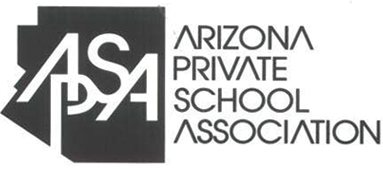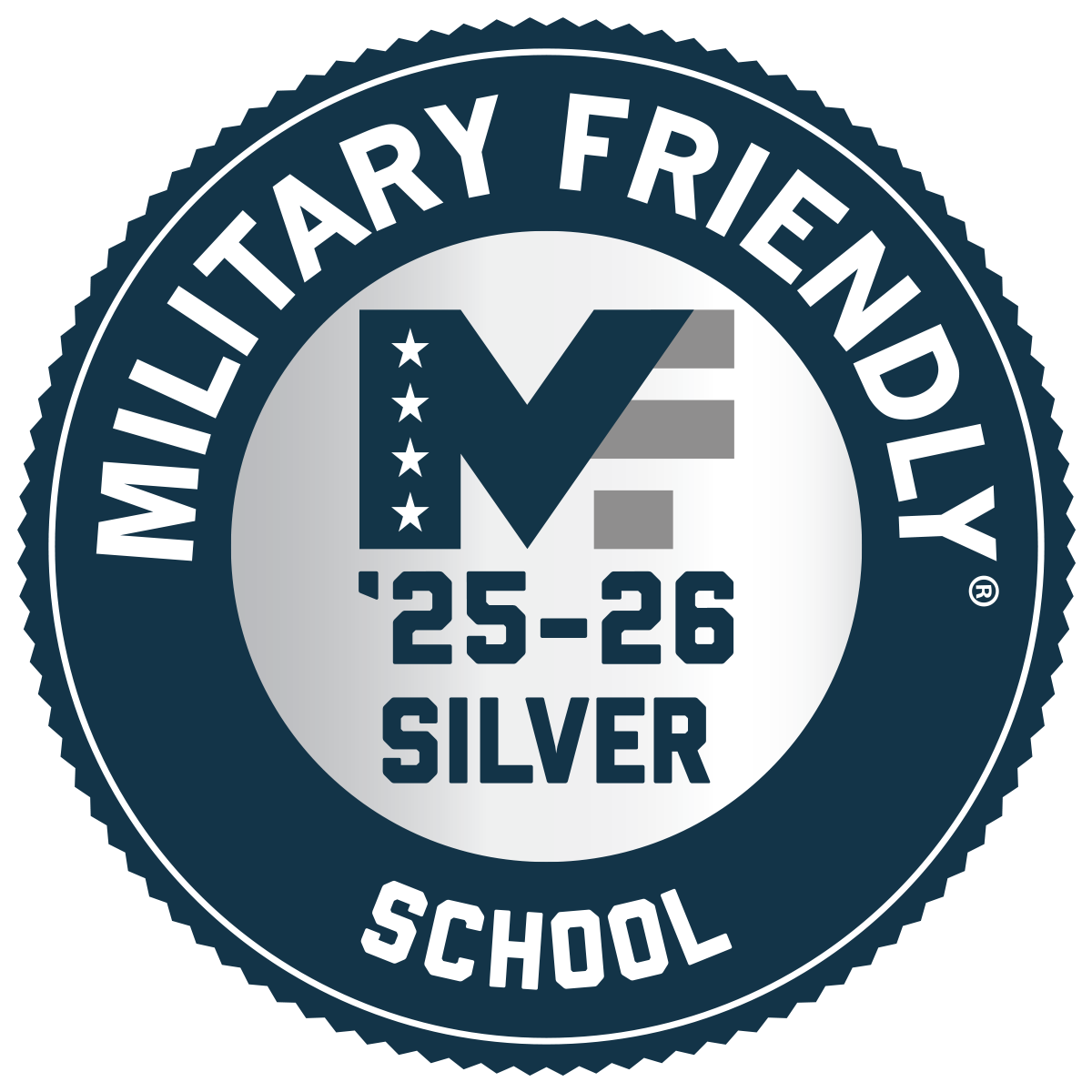When you become a truck driver, you’ll get to know weigh stations intimately. If you haven’t yet started your journey into the industry, you should know what these stations mean for you and if you even need to stop at them at all. Before you enter the trucking life, read on to learn what happens at weigh stations.
What They Are
Roads get us where we need to go, but we have to take care of them as we use them. As strong as they are, roads can only take so much weight and traffic before they’re worn down to the point where they need to be rebuilt. Weigh stations make sure that your vehicle isn’t putting too much pressure on the road. Although there are exceptions, trucks in the United States are typically only allowed to be a total of 80,000 pounds or less including cargo. Weigh stations make sure that drivers adhere to this standard.
Who Needs to Stop
Not everyone needs to stop at weigh stations. If you drive a commercial motor vehicle that doesn’t crack 10,000 pounds, or if you have a PrePass, you might not need to stop at the weigh station. Knowing whether you need to stop will help you anticipate the rest of your route.
How It Works
If you’re driving a truck and you see an open sign at an upcoming weigh station, that means you need to stop there. You’ll typically use a rolling scale, and if your load registers at under 80,000 pounds, you should be allowed to pass through.
The best trucker life starts in a truck driving school, so call Yuma Truck Driving School at (888) 647-3239. We’ll help you prepare for the start of your career by teaching you how to pass your CDL test and find a job, and you can learn everything you need to by browsing our website.








